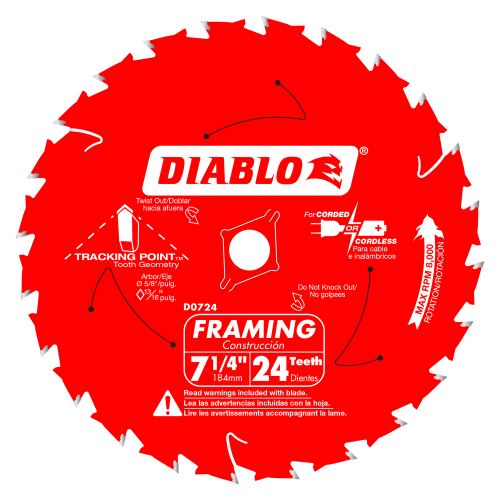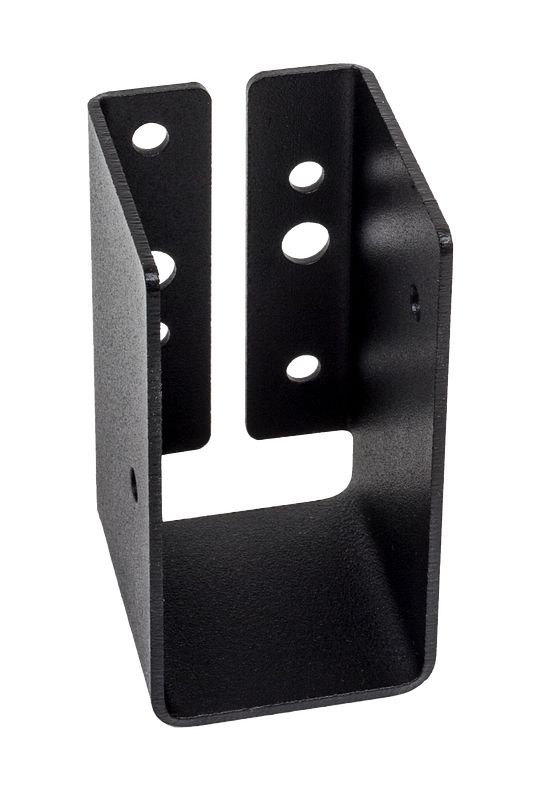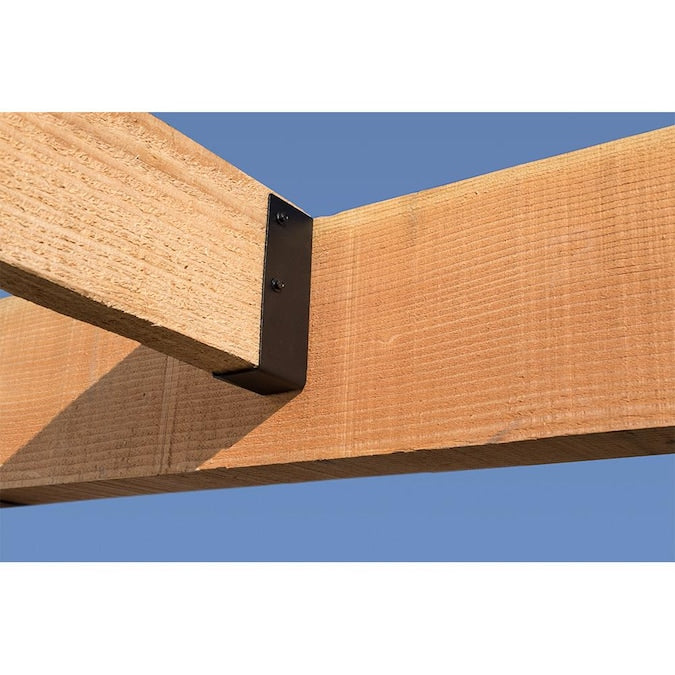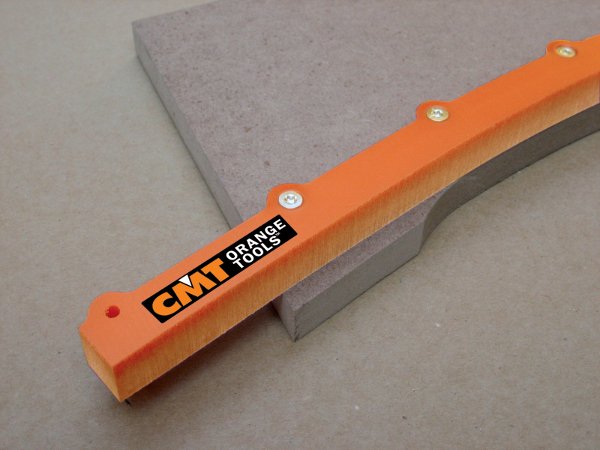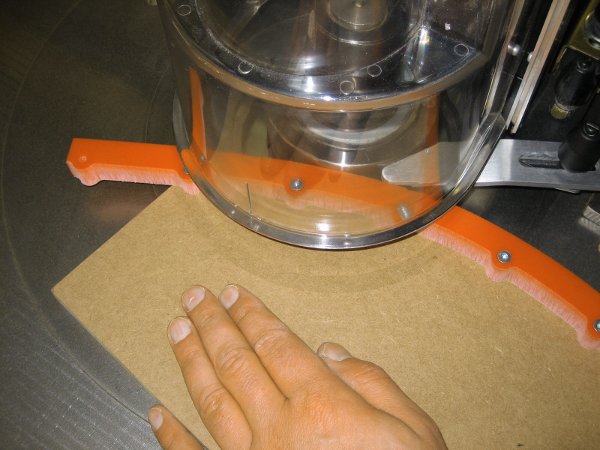When building a wooden structure, there may come a time when you need to connect two wood beams together to create a longer, stronger beam. There are several methods for connecting two wood beams, each with its own advantages and disadvantages. In this post, we will explore five methods for connecting two wood beams and provide a step-by-step guide for each. It is also important to note that before the commencement of the steps in each method, you will need to measure and mark the location of the joint on both beams. Without much ado, let’s begin:
Scarf Joint
The scarf joint is a traditional woodworking joint that is used to join two pieces of wood end-to-end. It is a strong joint that is commonly used in the construction of wooden beams, especially in timber framing. To make a scarf joint, follow these steps:
- Cut a beveled edge on each beam at the joint location. The bevel should be at a 45-degree angle and should be cut in the opposite direction on each beam.
- Apply glue to both beveled edges and clamp the two beams together.
- Allow the glue to dry completely before removing the clamps.
Butt Joint with Dowels
A butt joint is a simple joint that is used to join two pieces of wood end-to-end. It is not as strong as other joints, but it is easy to make and can be reinforced with dowels. To make a butt joint with dowels, follow these steps:
- Drill two holes in each beam at the joint location, making sure that the holes line up with each other.
- Apply glue to one end of each beam and insert dowels into the holes.
- Join the two beams together, making sure that the dowels are fully inserted into the holes.
- Clamp the two beams together and allow the glue to dry completely before removing the clamps.
Lap Joint
A lap joint is a joint where one piece of wood overlaps another. It is a strong joint that is commonly used in the construction of wooden beams. To make a lap joint, follow these steps:
- Cut a notch in one beam at the joint location that is the same thickness as the other beam.
- Apply glue to the notch and insert the other beam into it.
- Clamp the two beams together and allow the glue to dry completely before removing the clamps.
Mortise and Tenon Joint
A mortise and tenon joint is a traditional joint that is used to join two pieces of wood at a right angle. It is a strong joint that is commonly used in the construction of wooden frames and furniture. To make a mortise and tenon joint, follow these steps:
- Cut a mortise (a rectangular hole) in one beam at the joint location.
- Cut a tenon (a protruding tongue) on the end of the other beam that will fit into the mortise.
- Apply glue to the tenon and insert it into the mortise.
- Clamp the two beams together and allow the glue to dry completely before removing the clamps.
Through Bolt Joint
A through bolt joint is a joint where a bolt is passed through both beams to hold them together. It is a strong joint that is commonly used in the construction of wooden structures where extra strength is needed. To make a through bolt joint, follow these steps:
- Drill a hole through both beams at the joint location, making sure that the holes line up with each other.
- Insert a bolt through the holes and tighten it with a nut and washer on both ends.
- Tighten the nut and washer until the two beams are tightly joined together.
There are several methods to connect two wood beams depending on the application and load requirements. It is important to choose the appropriate method and hardware to ensure the safety and stability of the structure. When considering the connection of two wood beams, it is always recommended to consult with a structural engineer or a licensed contractor to ensure the correct design and installation. By following these methods and safety guidelines, you can ensure a secure and strong connection between two wood beams for any construction project.

